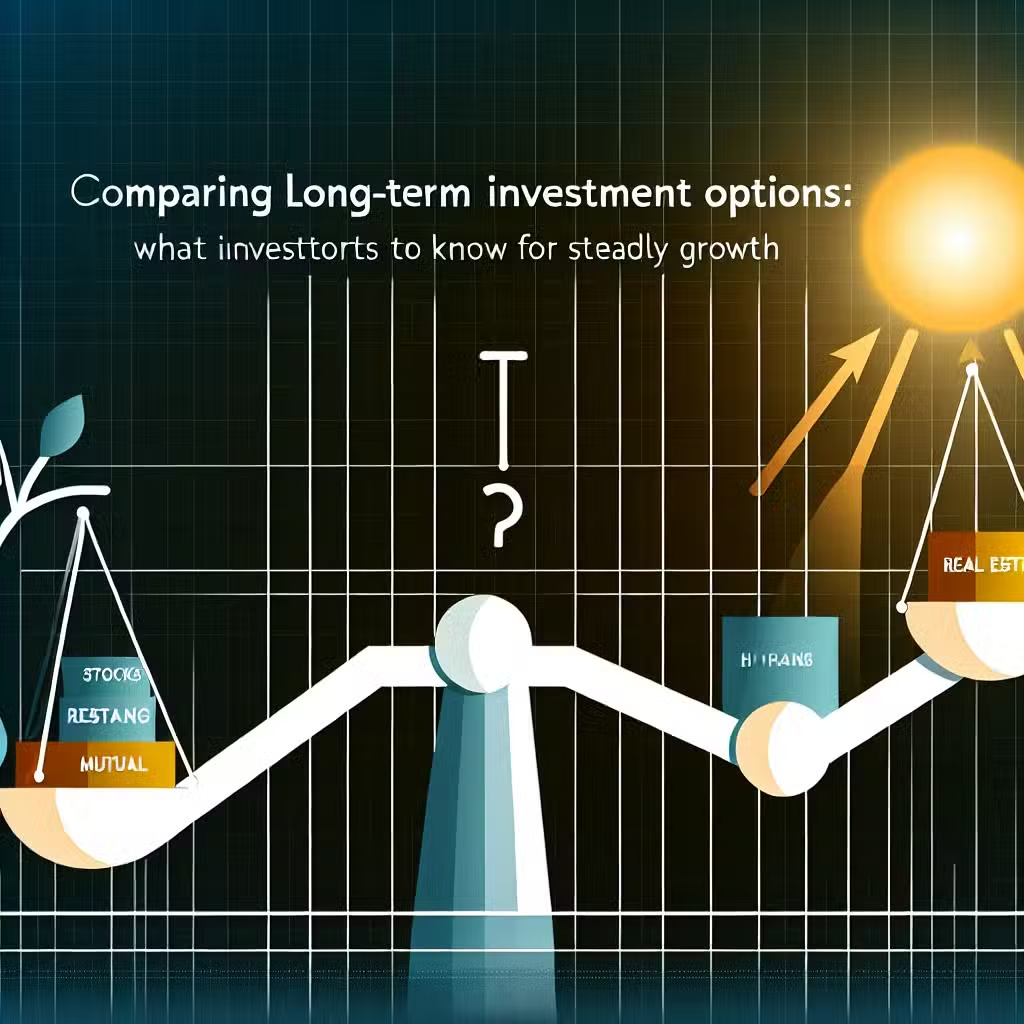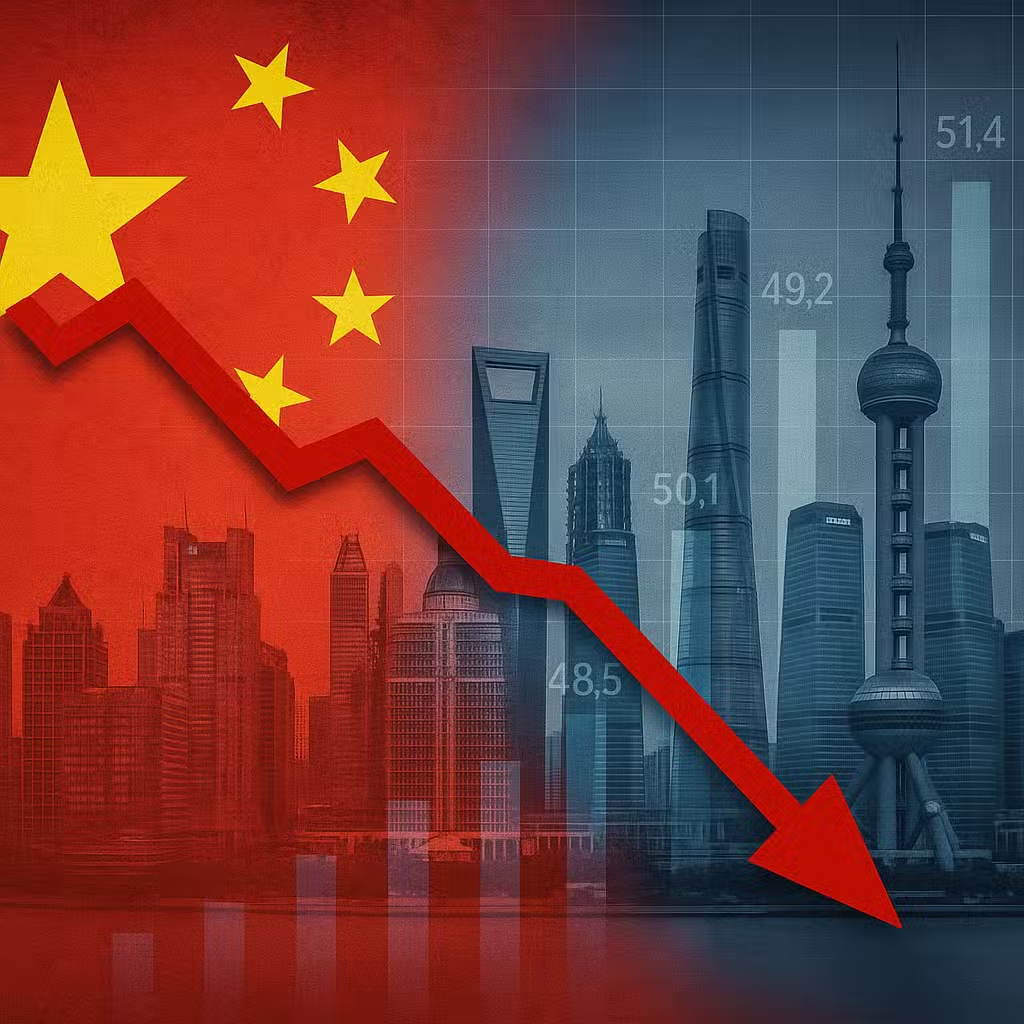Comparing Long-Term Investment Options: What Investors Need to Know for Steady Growth
Imagine gold as a shiny safety helmet—great to have in dangerous times, but not something you’d want to wear all day, every day. That’s how many experts see gold in your investment portfolio: it can protect you during rough markets, but it usually doesn’t help you win the long-term race.
Why Gold Is in the Spotlight
Gold just hit a brand-new record, soaring past $4,000 an ounce. This is exciting for investors because gold usually gets more valuable when the world feels uncertain—like during government shutdowns or big economic worries.
Some big banks, like Goldman Sachs, even think gold could reach $4,900 an ounce by the end of 2026. Right now, gold is up over 50% this year alone. That sounds impressive, but there’s more to the story.
- Gold’s 30-year average return is about 8% per year.
- The S&P 500 (a group of big U.S. companies) returned nearly 11% per year in the same period.
- Real estate did a bit better than gold, at almost 9% per year.
- Source: Morningstar
Bulls: Why Some Experts Like Gold
- Safe Haven: When the stock market drops, gold often goes up. It’s like a shield during financial storms.
- Big Uncertainties: Gold shines when there’s fear about the economy, war, or government spending. In the 1970s, gold doubled in price during tough times.
- Portfolio Balance: Top investors like Ray Dalio recommend putting up to 15% of your portfolio in gold for protection.
- Low Interest Rates: Gold does well when banks lower interest rates, which might happen soon.
- Research by the Federal Reserve Bank of Chicago shows gold acts as a “safe haven” in bad economic times.
Bears: Why Gold Isn’t Always a Winner
- Lower Long-Term Returns: Over decades, gold has underperformed compared to stocks and sometimes even real estate.
- No Earnings or Dividends: Unlike companies, gold doesn’t grow or pay you money while you own it.
- Volatility: Gold’s price can bounce up and down a lot, making it risky if you need the money soon.
- Better Alternatives: Many advisors prefer stocks or a mix of investments, which have more growth potential and pay dividends.
How to Add Gold to Your Portfolio
If you want some gold, experts suggest using exchange-traded funds (ETFs) that track the price of gold. These are easier and safer than buying gold bars or coins.
- Most financial advisors recommend keeping gold at a low single-digit percentage of your portfolio (like 2-5%).
- Some, like Ray Dalio, suggest more, but this is not the norm.
- Many top advisors say gold can be helpful, but they don’t make it a big part of their clients’ investments.
- Gold miners’ stocks and bullion-backed ETFs are common ways to invest without holding physical gold.
Investor Takeaway
- Don’t Chase Gold’s Shine: Just because gold is rising now doesn’t mean it will keep going up forever. Look at history before making big bets.
- Keep Gold Small: If you want gold, keep it a small slice of your portfolio—think of it as insurance, not your main investment.
- Diversify: A good mix of stocks, bonds, and maybe a little gold usually works better than betting everything on one asset.
- Watch the News: Gold does best in times of fear or low interest rates. Stay alert to what’s happening in the world and the economy.
- Focus on Long-Term Growth: Stocks have historically outperformed gold over long periods. If you want to build wealth, don’t ignore the power of compounding returns.
For the full original report, see CNBC







